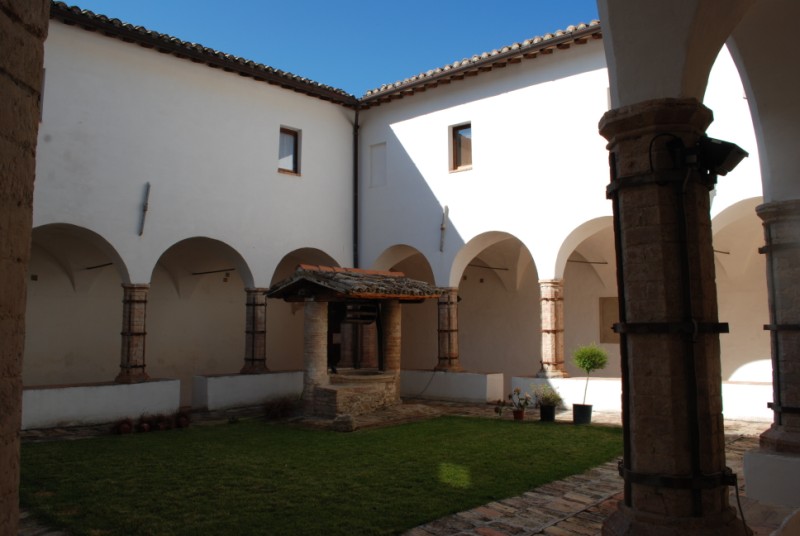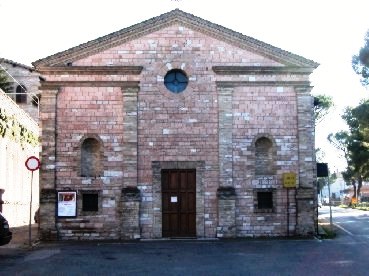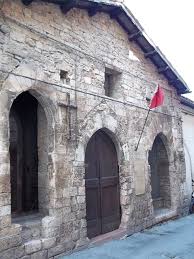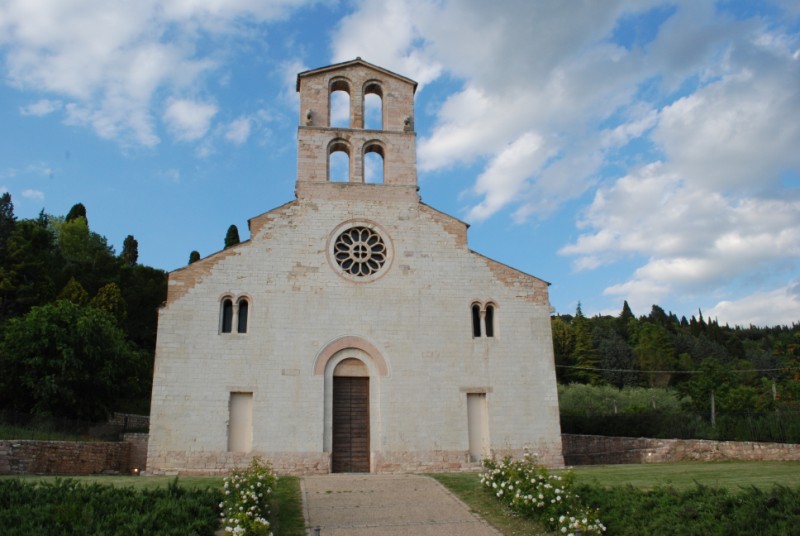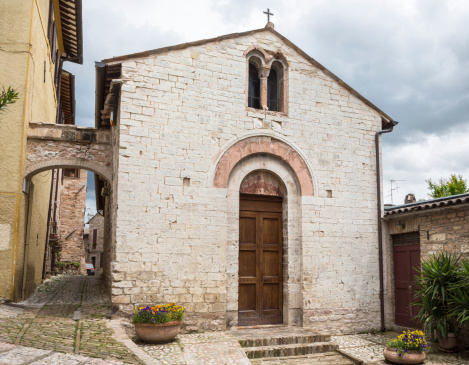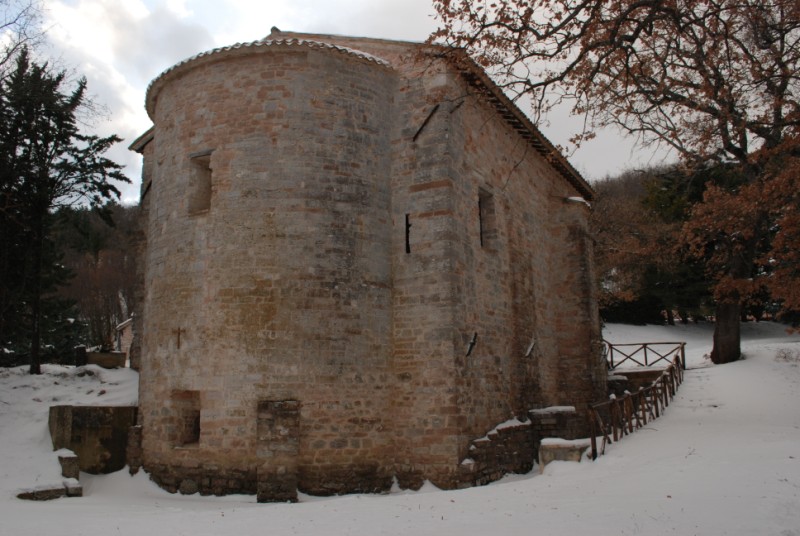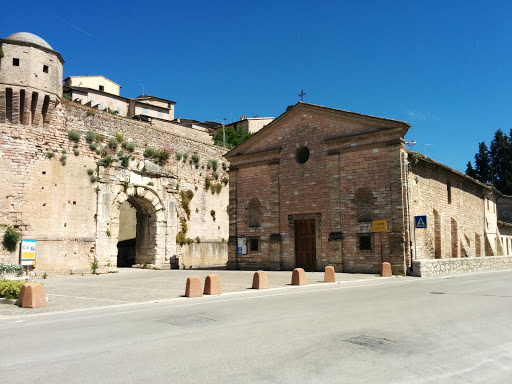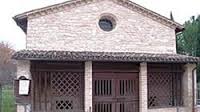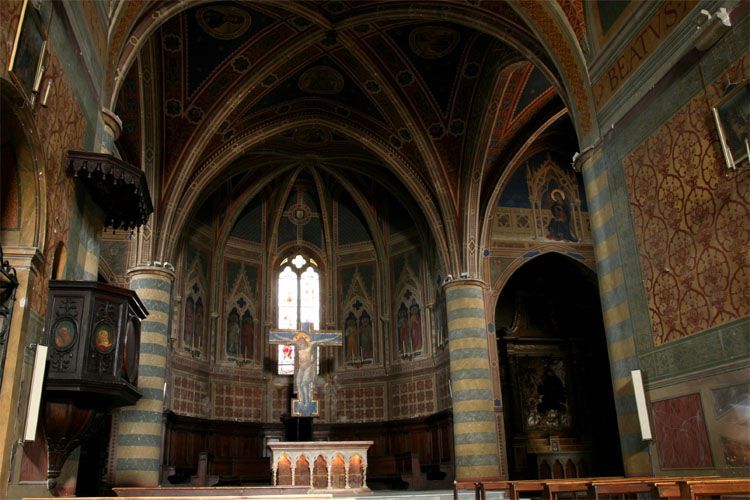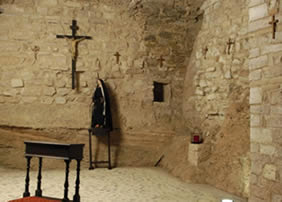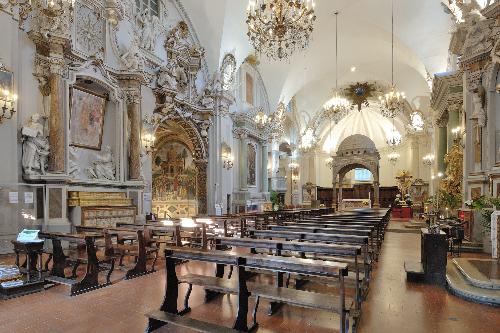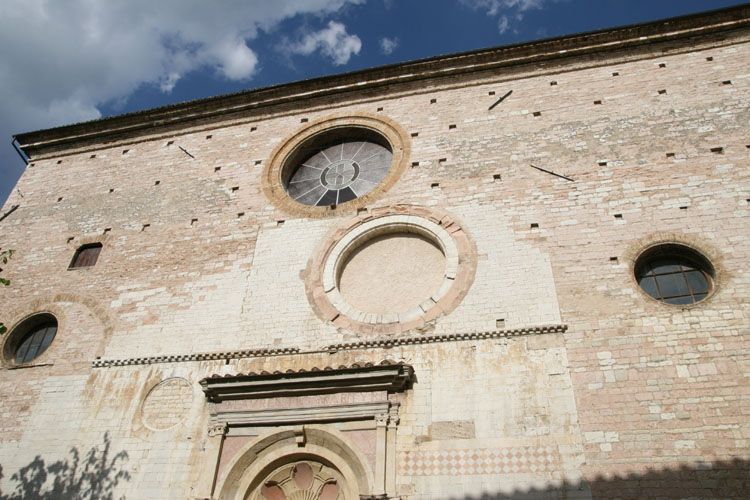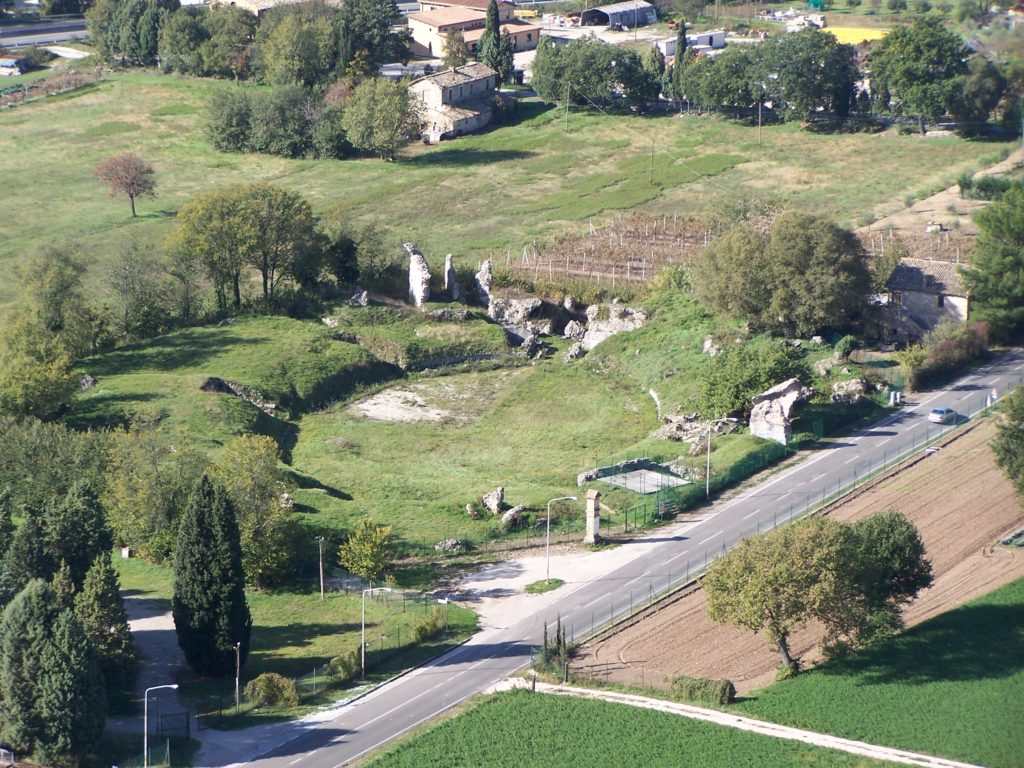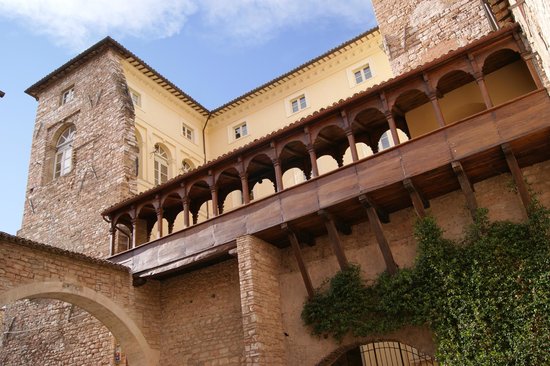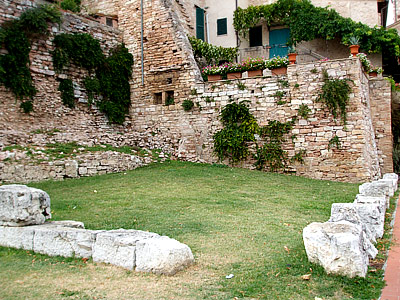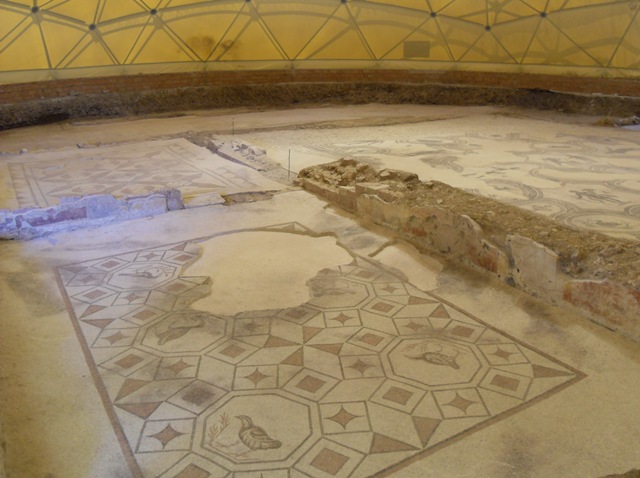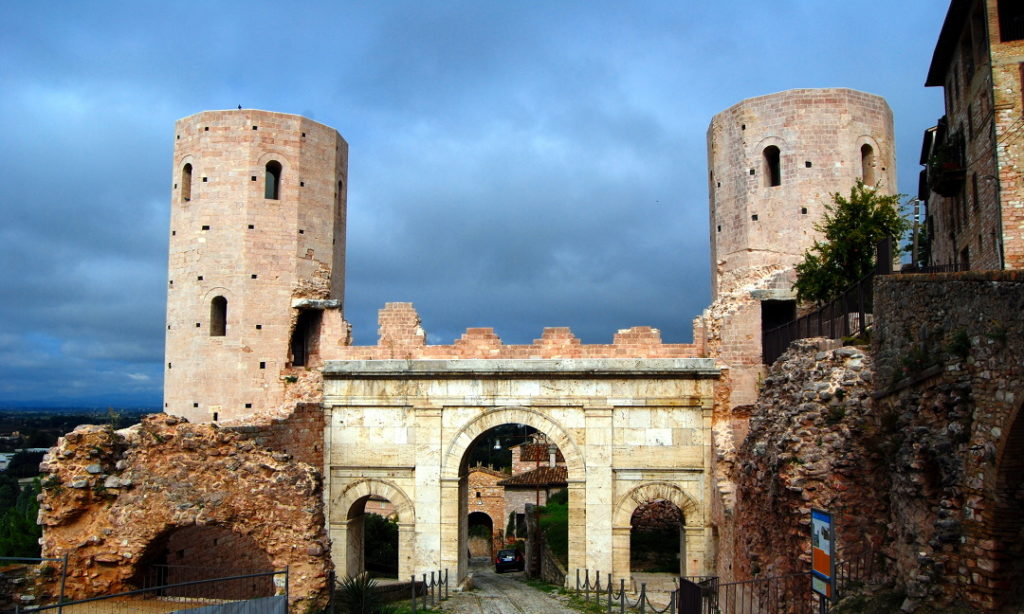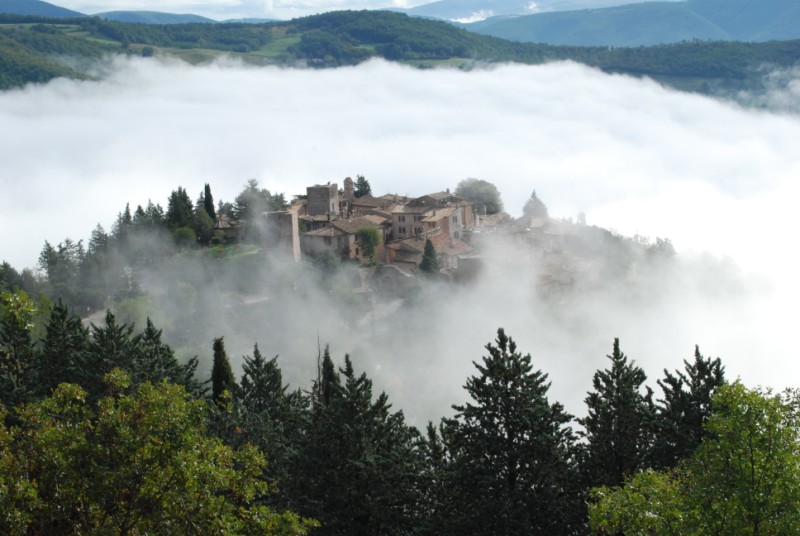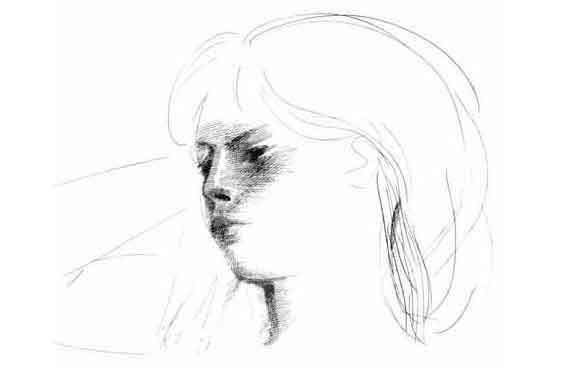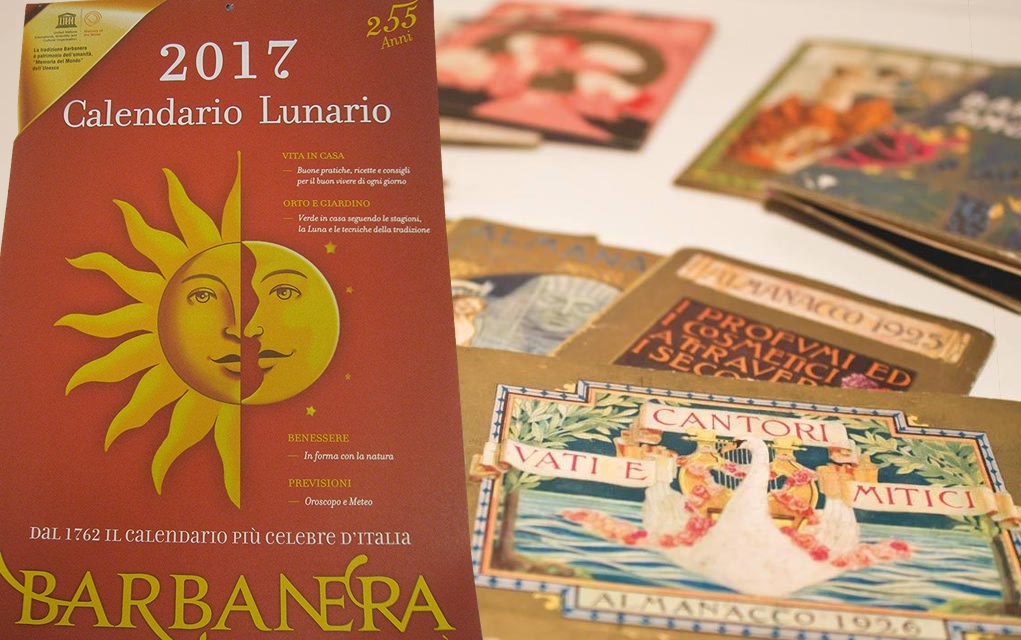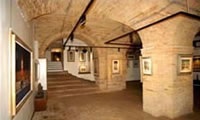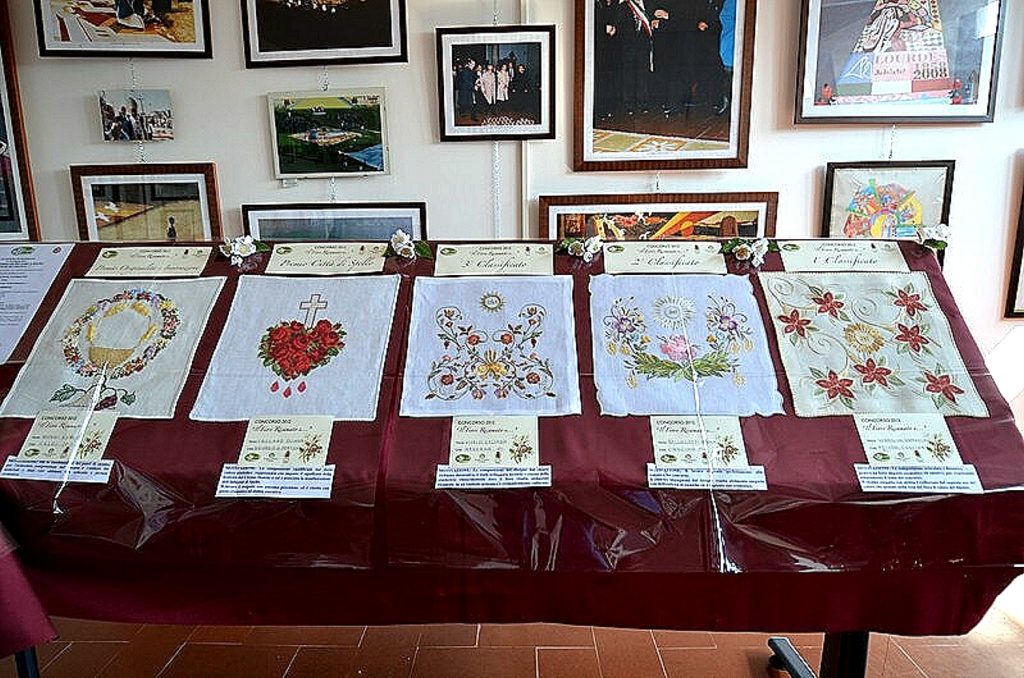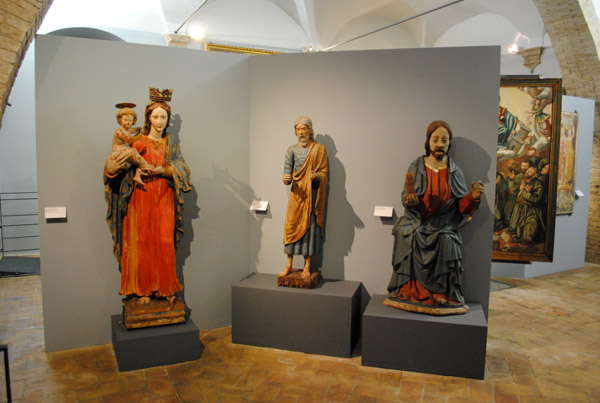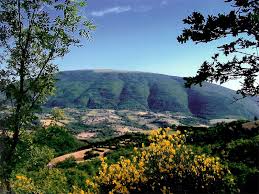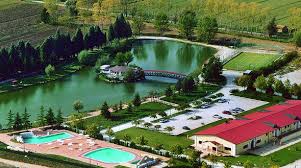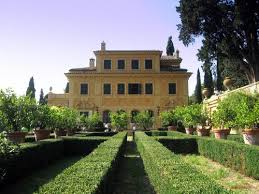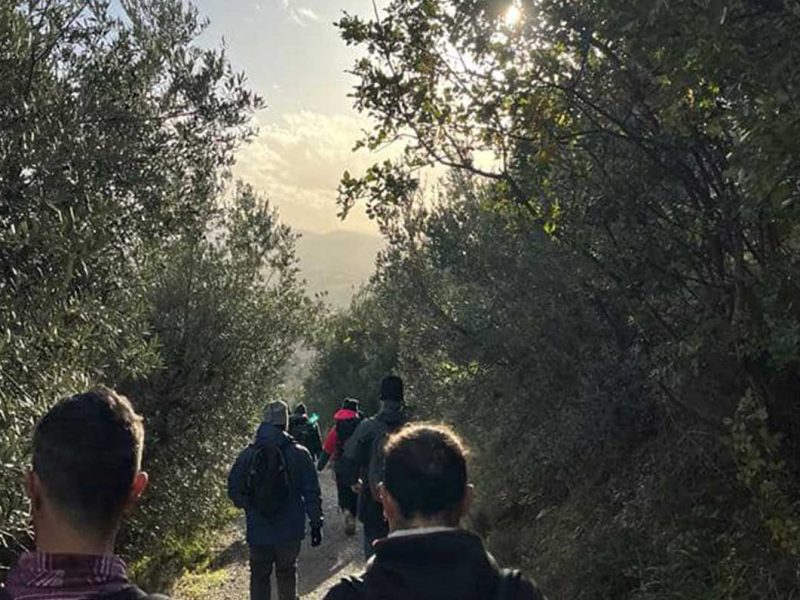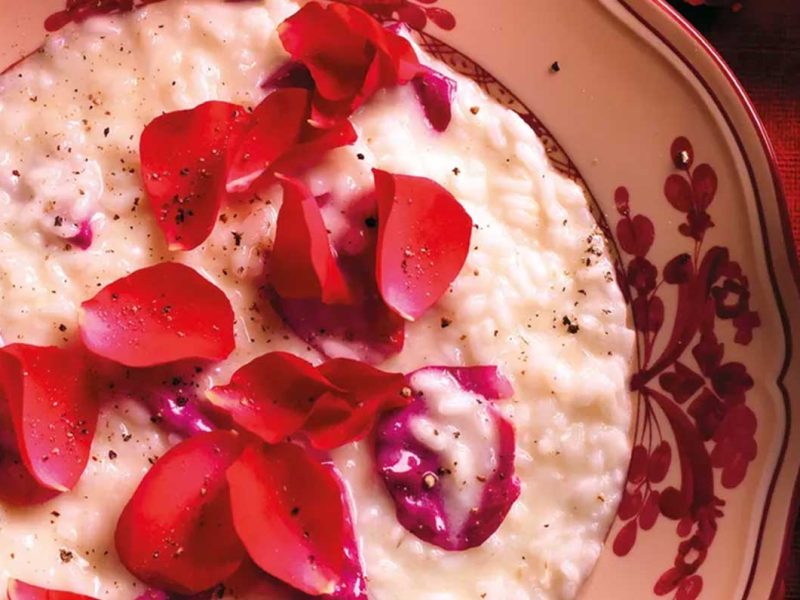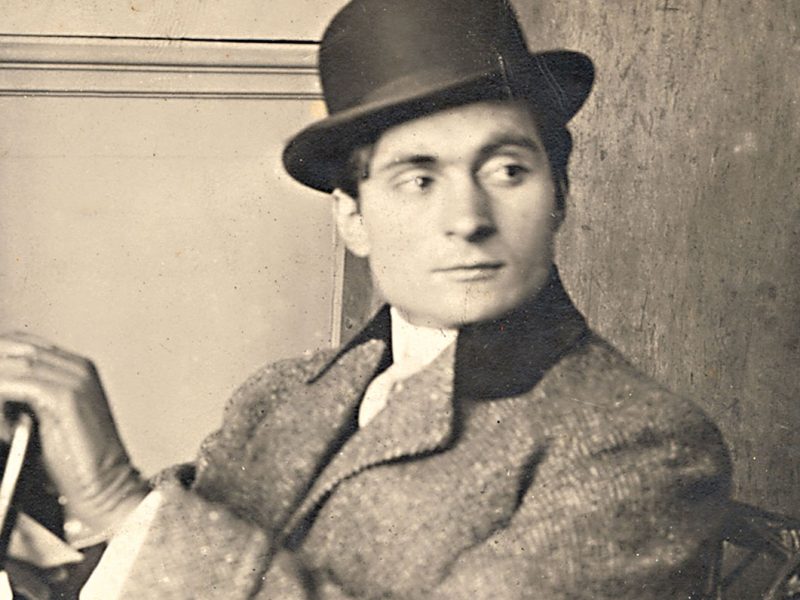Spello
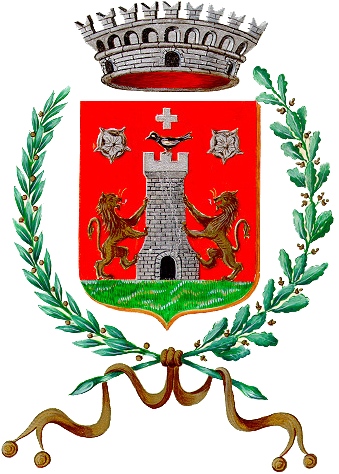
PROVINCE:
Perugia
WEB:
Tourist information:
Ufficio IAT
c/o Comune – Via Garibaldi, 19 – Spello
Spello

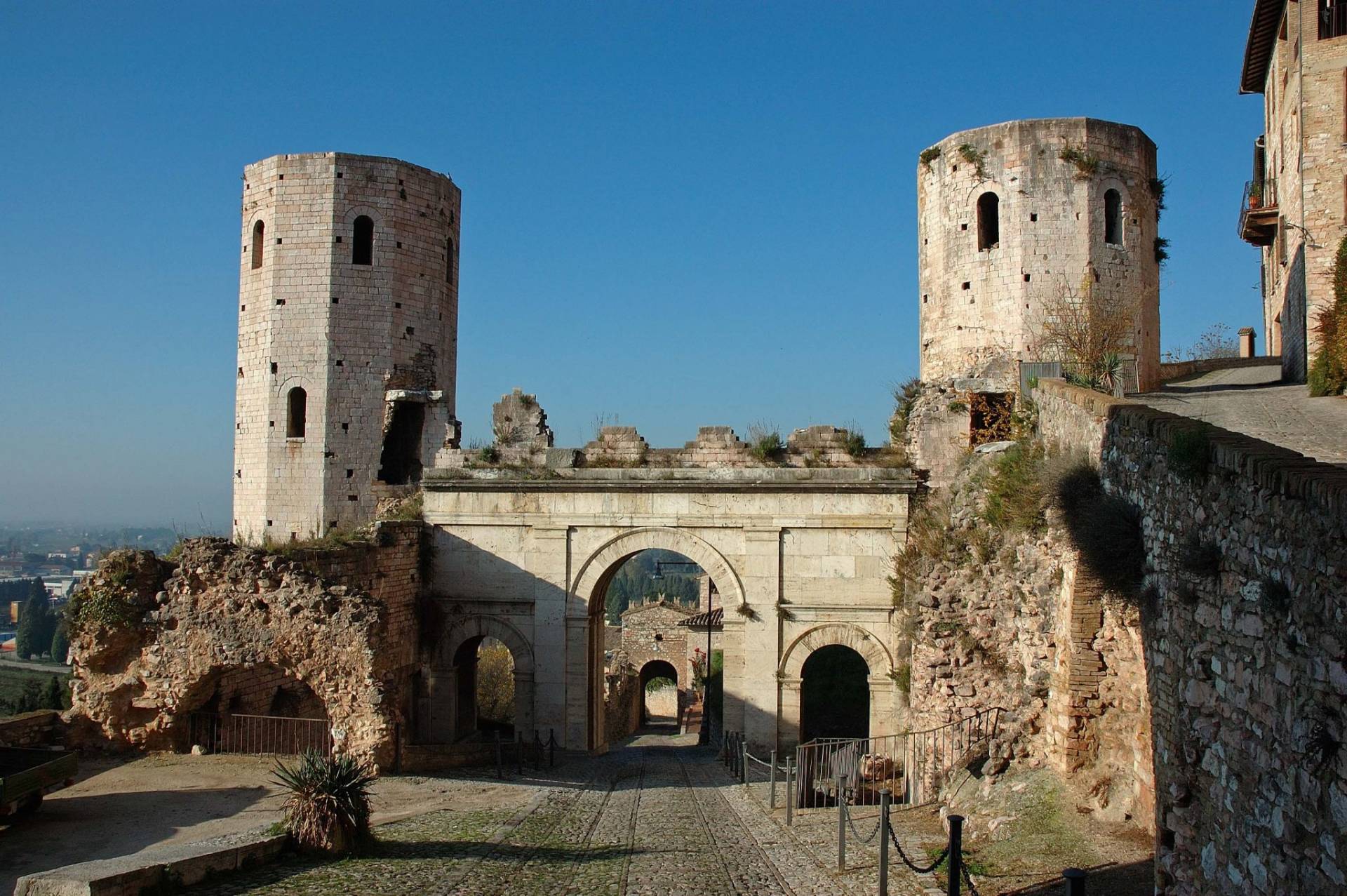

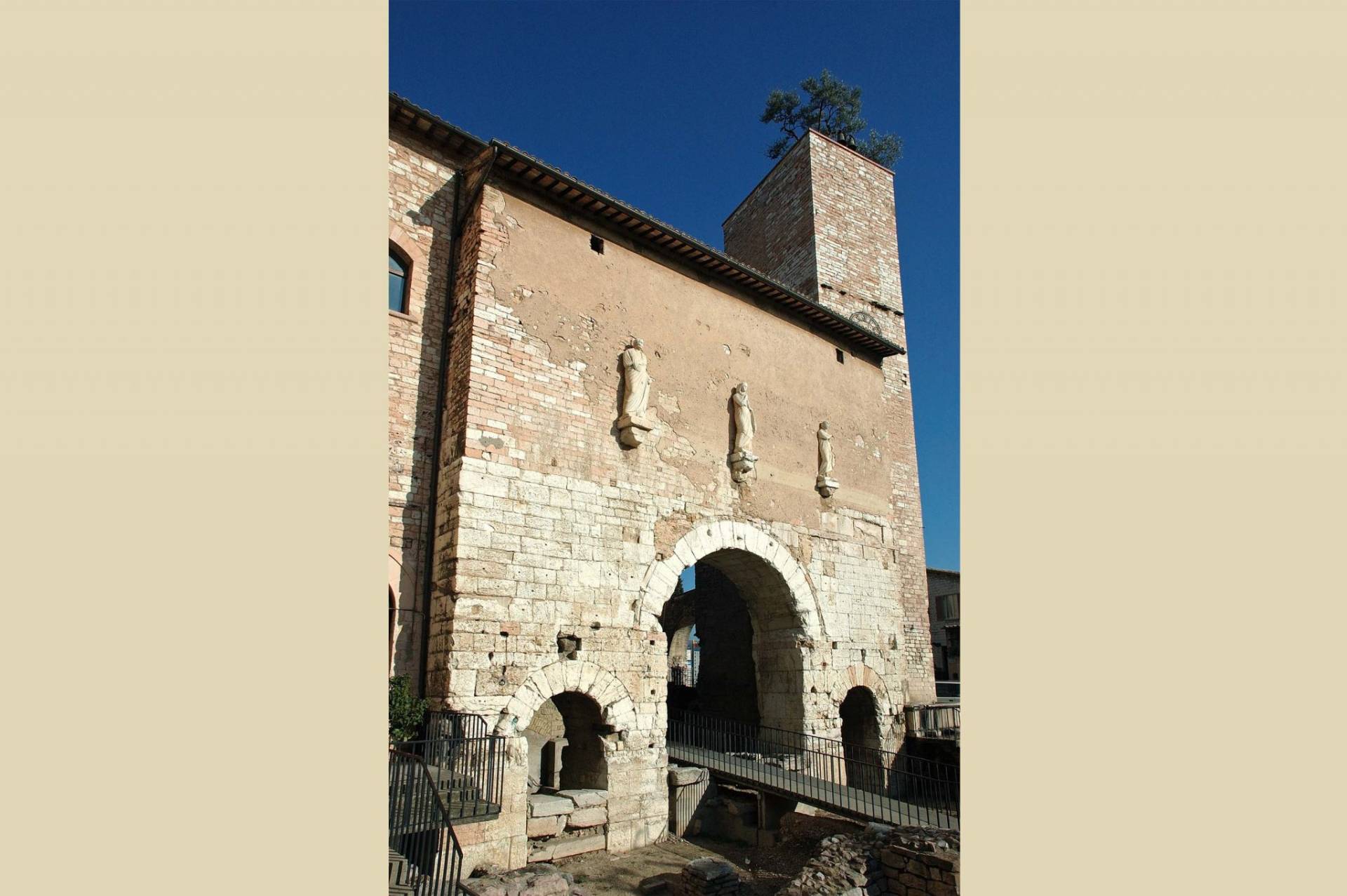
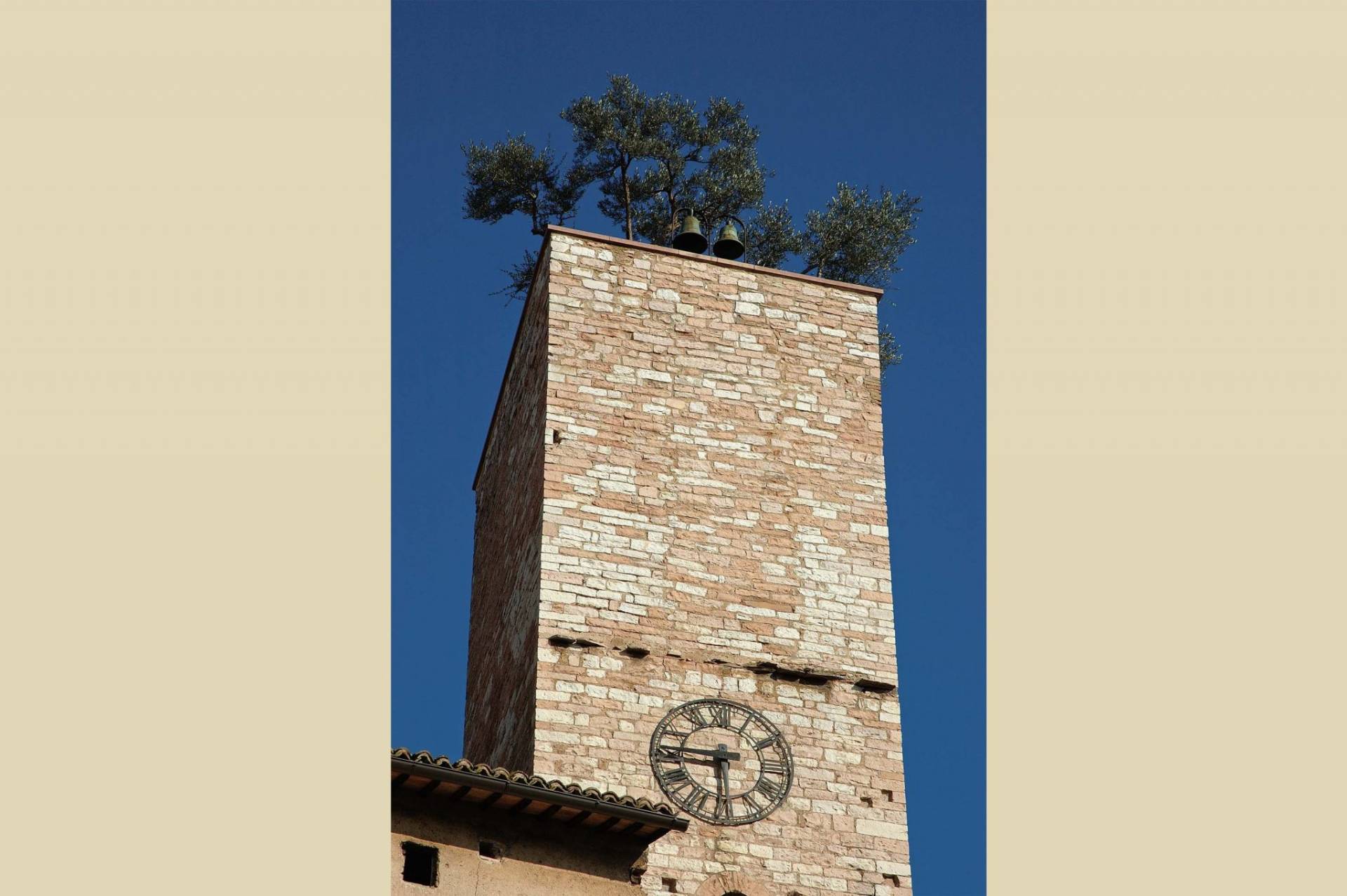
Spello is registered in:
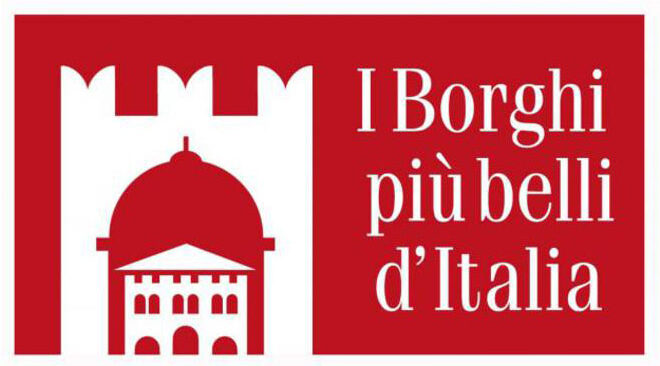

discovering the village
On the western slopes of Mount Subasio stands Spello, one of the oldest villages in the region, entirely made of white and pink limestone extracted from the heart of the mountain itself. It seems to owe its name to Ispeo Pelisio, one of Aeneas’ companions who got lost during the journey. Founded by the Umbrians, made Hispellum municipality by the Romans, it became the most splendid Colonia Iulia in the Augustan age, when it was equipped with walls, baths, theater and urban planning still visible today. After the conquest by the Lombards, it became part of the Duchy of Spoleto (571 AD), while in the Late Middle Ages a municipal system was established, governed by the podestà and administered by the priors, dividing itself into three districts which still exist: Porta Chiusa, Mezota and Posterula. After its destruction at the hands of Frederick II, it was recovered by Cardinal Albornoz and, later, thanks to the concession of vicariate to the Baglioni of Perugia, it was enriched with Renaissance masterpieces still visible today.
Going up from the Borgo area towards Belvedere, the steep paved alleys wind in a path made up of glimpses of the still tangible past. Starting from Porta Consolare – main entrance already in Roman times – and its tower dominated by an olive tree – symbol of peace and oil, a typical local product – you will discover wonders such as the Tega Chapel, where the Crucifixion by Niccolò Alunno is visible (1461) and the main church of Santa Maria Maggiore (finished in 1285) which houses the Baglioni Chapel, paved with Deruta majolica and decorated with splendid frescoes – Annunciation, Adoration of the Shepherds and Dispute of Jesus with the Doctors, the last important Umbrian work of Pinturicchio (1501), visible in a self-portrait. Passing the Romanesque church of Sant’Andrea, you reach Piazza della Repubblica, where the Town Hall houses the Rescript of Constantine, an important Roman find from 330 AD. about. Beyond the small eighteenth-century Church of S. Filippo, the work of Piermarini, the second collegiate church of San Lorenzo, the Subasio civic theatre, the Oratory of S. Biagio and the Clarisse Complex, you reach Porta dell’Arce and the highest point of the village called Belvedere for the wide-ranging panorama it offers. Going back down on the opposite side, you skirt the Capuchin Convent until you reach Porta Venere, from the Augustan age, enhanced in its beauty by the two so-called Properzio towers.
The Feast of the Ascension, a religious ceremony at the Sanctuary of the Madonna della Spella, and Incontri per le Strade are two of the most important events in the village, but what has made it known in Italy and around the world is the unmissable Infiorata: on the Night of Flowers, before Corpus Domini, all the inhabitants of the town participate by drawing sketches and placing millions of petals to create floral carpets along the streets of the village, re-proposing a popular tradition that attracts tourists from all over the world.
The olive belt is instead an unmissable natural treasure – Historic Rural Landscape since 2018 as well as FAO GIAHS Territory – accessible thanks to the Sentiero degli Olivi and the Via di San Francesco, from which the typical excellent product is born: DOP oil, protagonist among other things of L’Oro di Spello, a union between the Olive Festival and the Bruschetta Festival, with the aim of enhancing olive growing and Italian cuisine. Other excellences are truffles, wildflower honey and Grechetto, Merlot and Sangiovese wines.
-
Churches
-
Buildings and monuments
-
Villages and castles
-
Museums and art galleries
-
Villas, parks and gardens

